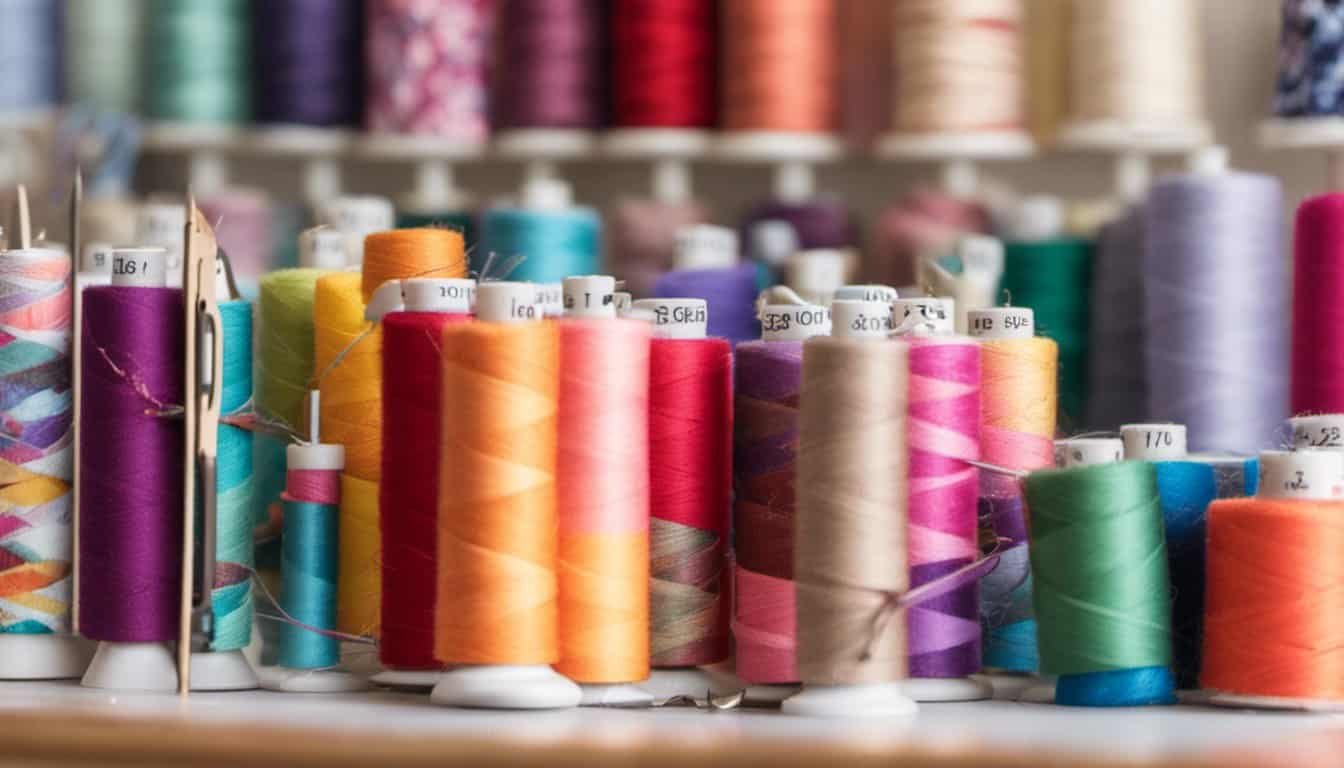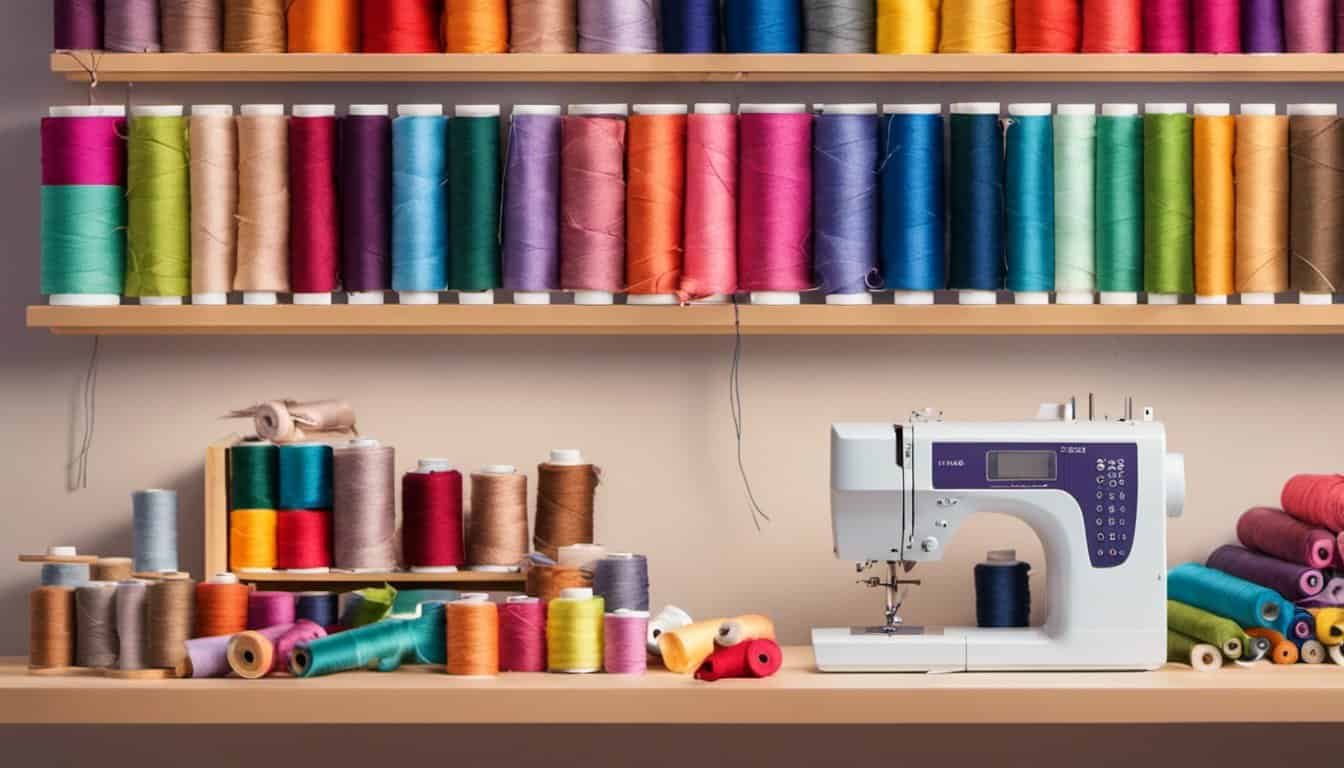Ever found yourself in the middle of a sewing project only to realize your machine’s skipping stitches? It’s frustrating, right? You’re not alone—this common issue can turn a fun hobby into a headache.
Understanding why your sewing machine skips stitches is the first step to fixing it and getting back to your creative flow. Whether you’re a seasoned seamstress or a sewing newbie, knowing the possible causes can save you time and stress. Let’s dive into the reasons behind those pesky skipped stitches and how you can troubleshoot them.
Common Reasons for Skipped Stitches
Sewing machines skipping stitches can frustrate any sewer. Understanding the common reasons helps resolve the issue efficiently.
Needle Issues
Bent, dull, or incorrect needles frequently cause skipped stitches. Use a fresh, correct type for your fabric. For instance, swap a universal needle for a ballpoint when sewing knits. Also, ensure the needle is inserted properly. Verify it’s facing the right direction, often flat side to the back, and pushed up all the way.
Thread Tension Problems
Incorrect thread tension disrupts stitch formation. Review your machine’s manual to set the right tension level for your fabric. Start with balanced tensions and adjust incrementally. For example, too tight tension pulls threads unevenly, causing skips, while too loose tension fails to properly lock stitches.
Machine Timing Discrepancies
Accurate timing between the needle and hook ensures proper stitch formation. If these components are out of sync, stitches get skipped. Inspect the interaction between the needle and hook when troubleshooting. A qualified technician might be necessary to adjust timing.
Troubleshooting Tips to Fix Skipped Stitches
There are several ways to address the issue of skipped stitches in your sewing machine. Focus on these key areas to troubleshoot and fix the problem efficiently.
Checking Needle Compatibility and Condition
First, ensure the needle is compatible with your fabric and thread. Universal needles work well for most fabrics, but heavy fabrics require a denim needle, and delicate fabrics need a fine needle. Insert the needle fully and correctly, with the flat side facing the back. Replace needles regularly; a bent or dull needle causes skipped stitches.
Adjusting Thread Tension
Correct tension settings are crucial. If the stitches are irregular or the top thread is loose, adjust the upper thread tension. Start with a medium setting and make small adjustments. Ensure the bobbin tension is balanced by testing on a fabric scrap. A balanced tension results in even stitches on both sides of the fabric.
Ensuring Proper Threading Techniques
Follow your machine’s threading guide precisely. Missed guides or improper threading lead to stitch issues. Re-thread the machine, making sure the presser foot is up to prevent thread tension problems. Double-check the bobbin placement; it must rotate correctly in the bobbin case. Use quality thread to avoid issues like breakage and knots.
By focusing on needle compatibility, thread tension, and proper threading techniques, you can effectively resolve the issue of skipped stitches in your sewing machine.
Preventative Maintenance for Your Sewing Machine
Incorporating preventative maintenance ensures your sewing machine functions optimally, preventing skipped stitches.
Regular Cleaning and Oiling
Clean and oil your machine regularly to avoid jammed components and maintain smooth operation. Remove lint from the bobbin area and needle plate using a small brush. Follow the manufacturer’s instructions for oiling the machine, paying special attention to the hook race. Use sewing machine oil specifically designed for lubricating internal parts. Regular maintenance minimizes wear and tear, contributing to consistent stitches.
Routine Check-up Schedules
Adopt a routine check-up schedule to catch potential issues early. Inspect the needle before each new project, ensuring it’s not bent or dull. Replace the needle after 8-10 hours of use or with each new fabric type. Check thread tension settings periodically to prevent stitch skipping. Schedule professional servicing annually or biannually based on usage intensity. Routine check-ups maintain machine longevity and performance, reducing stitch inconsistencies.

When to Consult a Professional
Sometimes, skipping stitches signals deeper issues that require expert intervention. It’s essential to recognize when you can’t resolve the problem yourself. Here are key situations to consult a professional:
1. Persistent Skipping: If skipping persists after trying common fixes, professional help is warranted. Consistent issues might point to internal mechanisms that need expert adjustment.
2. Loud Noises: Unusual noises like clanking or grinding while sewing indicate mechanical problems. These noises often suggest issues with the machine’s internal gears or motor.
3. Electrical Problems: If your machine intermittently loses power or shows erratic behavior when plugged in, consult a professional. Electrical problems can be hazardous and are best handled by an expert.
4. Broken Parts: Visible damage, such as a broken needle plate or bobbin case, needs immediate professional attention. Using the machine with broken parts may exacerbate the issue.
« Master the Art of Dressmaking: Step-by-Step Guide on How to Sewing a Dress Like a Pro
Unlock Your Creativity: 10 Mind-Blowing Sewing Crafts for Adults That Reduce Stress and Boost Skills »
5. Tension Issues: When adjusting the thread tension doesn’t resolve skipped stitches, internal tension components might be faulty. Professionals can recalibrate these parts accurately.
6. Warranty Coverage: For machines under warranty, attempting repairs yourself might void the warranty. Always refer to a licensed technician recommended by the manufacturer.
Professional service ensures your sewing machine operates smoothly and extends its lifespan. Regular check-ups not only fix existing problems but also prevent future ones.
Conclusion
Keeping your sewing machine in top shape ensures smooth and enjoyable sewing experiences. By addressing common issues like needle selection and thread tension yourself, you can often fix minor problems quickly. However, don’t hesitate to seek professional help for more persistent issues or strange noises. Regular maintenance and expert check-ups can save you from bigger headaches down the line. So, keep your machine well-tuned and happy sewing!












